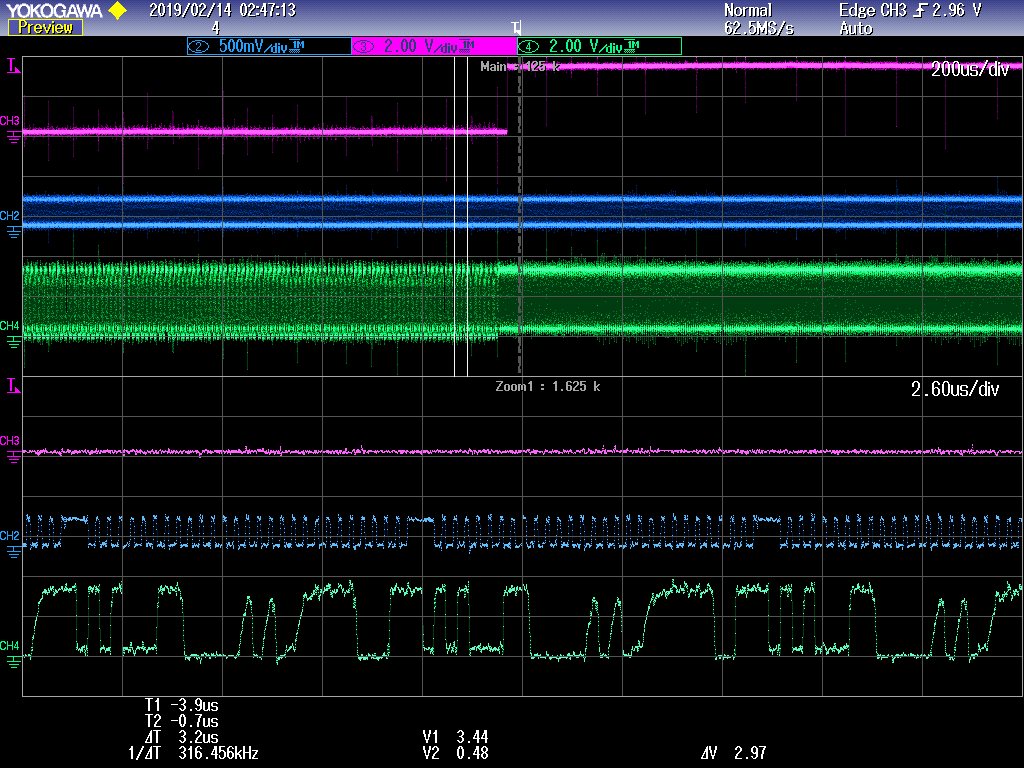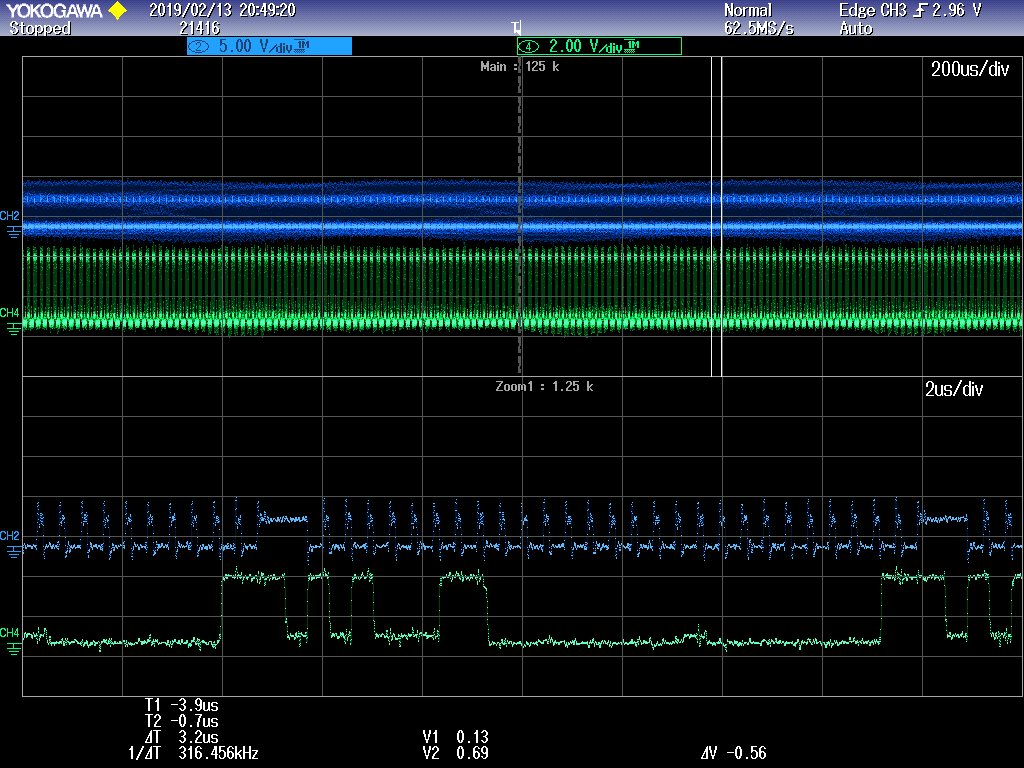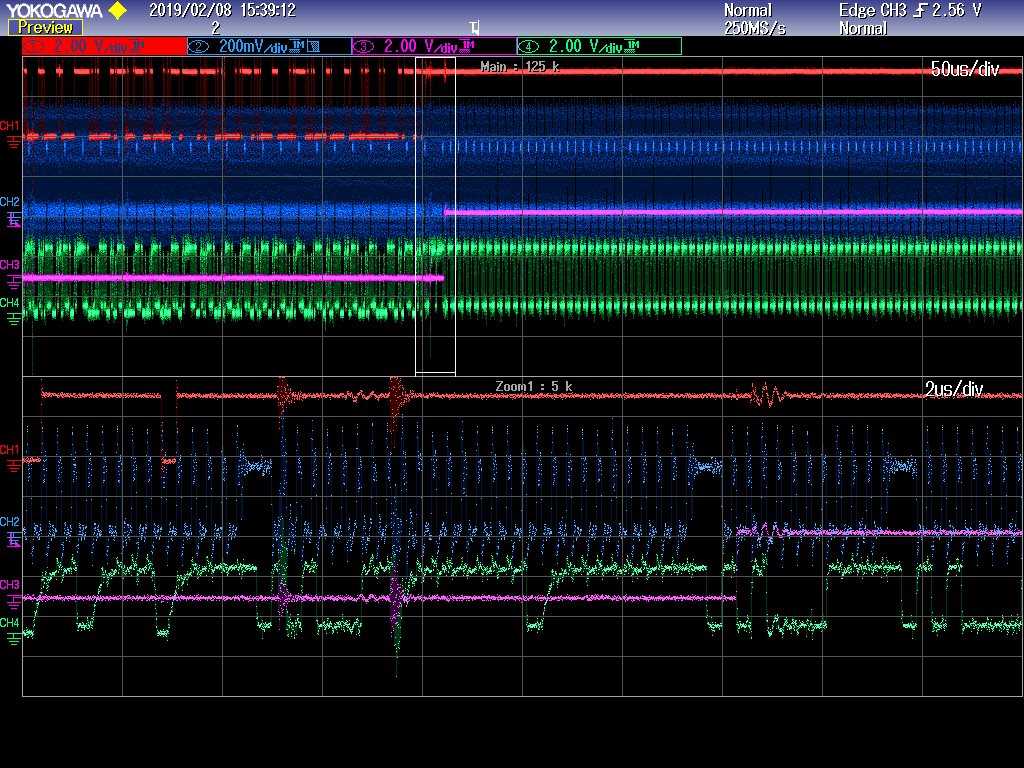I am using ADC121C021 which uses the I2C protocol for transferring the digital data. I am using eight of them to measure eight capacitor voltages in a power electronics circuit. Each of the eight ADCs is assigned eight different hardware addresses. According to the I2C protocol, an ADC transfers the digital data when the address on the SDA line matches with its corresponding hardware address. If it does not match, it generates a Not Acknowledgement (NACK).
-
Ask a related question
What is a related question?A related question is a question created from another question. When the related question is created, it will be automatically linked to the original question.






